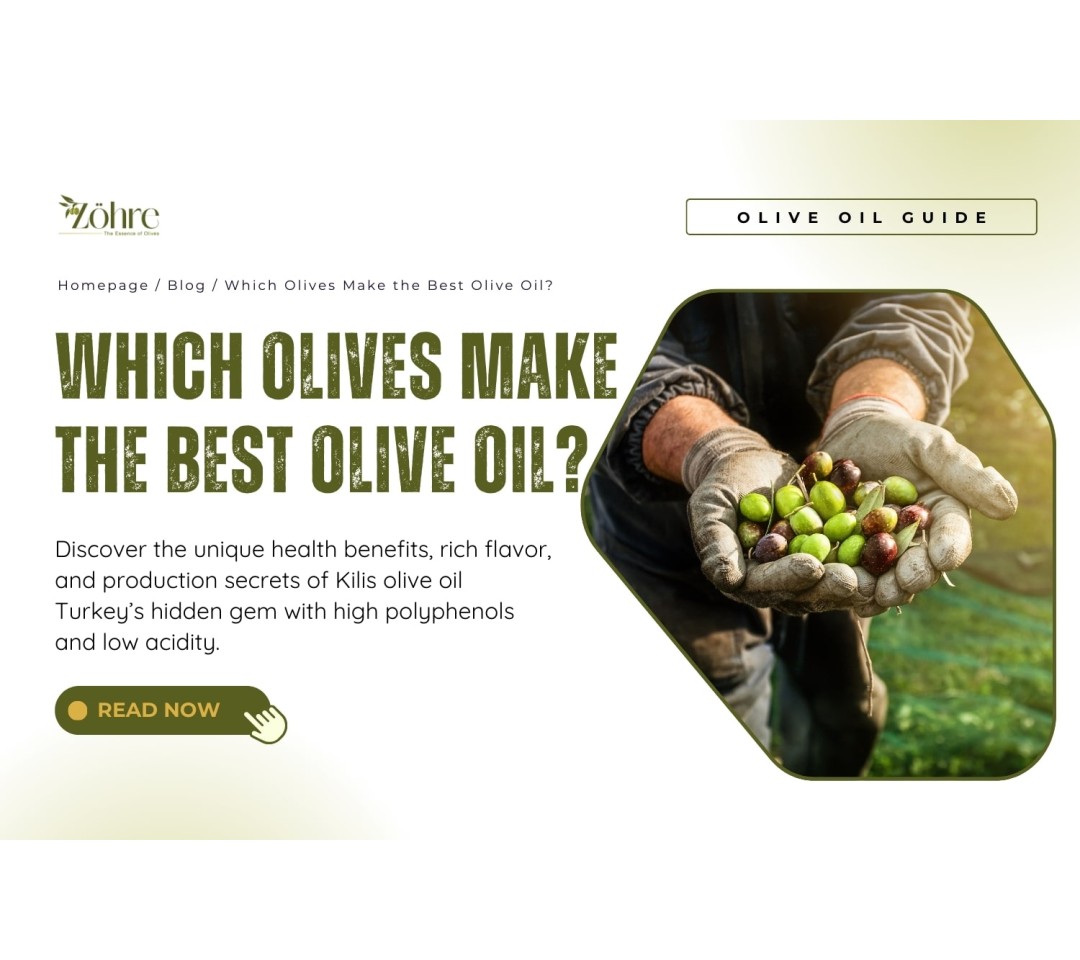Difference Between Filtered and Unfiltered Olive Oil
Olive oil is one of the cornerstones of a healthy diet and Mediterranean cuisine. However, among the options available on supermarket shelves, you'll often encounter both filtered and unfiltered varieties and the difference between them is a frequent source of curiosity. At this point, the difference between filtered and unfiltered olive oil becomes a significant factor that can directly influence both your culinary choices and personal taste preferences. In fact, these two types differ in several key areas, from production processes to appearance, flavor, nutritional value, and shelf life.
In this article, we’ll clearly and simply explore the fundamental differences between filtered and unfiltered olive oils. By examining which type is more suitable for different individuals, how to choose based on usage, and the unique advantages of each variety, you’ll be able to make an informed decision when it comes to filtered vs. unfiltered olive oil.
Differences in Production Process
Filtered olive oil undergoes a filtration process after the olives are pressed. During this stage, the oil is passed through special filters to remove remaining olive particles, pulp, and moisture. The result is a clearer, more homogeneous, and longer-lasting product.
In contrast, unfiltered olive oil skips this step. After being extracted and roughly separated from water and pulp through centrifugation, the oil is bottled directly. As a result, it retains natural particles, microscopic olive bits, and a small amount of vegetable water. This minimal processing helps preserve the oil’s natural qualities and nutritional content.
Differences in Appearance and Texture
Visually, the two types of olive oil are easy to distinguish. Filtered olive oil is clear, transparent, and shiny. When held up to light, there is no sediment or cloudiness.
Unfiltered olive oil on the other hand, has a more opaque, matte appearance with a slightly cloudy texture. It is perfectly normal to see natural sediment settle at the bottom over time—this is not a sign of poor quality, but rather indicates the oil is less processed.
Differences in Flavor and Aroma
Flavor is one of the most distinct differences between filtered and unfiltered olive oil. Unfiltered olive oil has a more intense, grassy, fruity, and slightly bitter flavor profile thanks to the natural particles and vegetable water it contains. When fresh, it leaves a strong aromatic impression on the palate.
Filtered olive oil on the other hand, offers a more refined and balanced taste. The sharper notes are softened, making it a familiar choice for general consumers. It’s especially suitable for cooking and frying.
Differences in Nutritional Value
Due to its unprocessed nature, unfiltered olive oil is richer in polyphenols, vitamin E, antioxidants, and other beneficial compounds. Antioxidants support the immune system, while polyphenols help slow cellular aging and combat inflammation.
Filtered olive oil may lose some of these nutrients during filtration, though high-quality production methods can minimize this loss. Still, for health-conscious individuals, unfiltered oils offer a more nutrient-dense option.
Differences in Shelf Life and Stability
Filtered olive oil has a longer shelf life due to reduced moisture and particle content, which slows oxidation. When stored properly, it can remain fresh for 18–24 months.
In contrast, unfiltered olive oil oxidizes more quickly due to its water and sediment content. It’s generally best consumed within 6–9 months of bottling and should be used within 2–3 months of opening.
Filtered vs. Unfiltered Olive Oil Comparison Table
|
Feature |
Filtered Olive Oil |
Unfiltered Olive Oil |
|
Production |
Undergoes filtration |
Bottled without filtration |
|
Appearance |
Clear and transparent |
Cloudy and opaque |
|
Flavor |
Mild, balanced, and refined |
Intense, grassy, fruity, slightly bitter |
|
Nutritional Value |
Slightly lower due to filtration loss |
Rich in polyphenols and antioxidants |
|
Shelf Life |
Longer (18–24 months) |
Shorter (6–9 months) |
|
Storage |
Keep away from sunlight |
Store in cool, dry, dark conditions |
|
Sediment |
No sediment |
Natural sediment may form at the bottom |
|
Consumption Advice |
Use within 6 months of opening |
Best consumed within 2–3 months of opening |
|
Usage |
Cooking, frying, everyday meals |
Breakfast, salads, raw consumption |
|
Ideal For |
Practical users seeking longer shelf life |
Purists who value natural, bold flavors |
Who Should Choose Which Type?
If you're looking for natural, nutrient-rich options, unfiltered olive oil is an excellent choice—especially for breakfast, cold dishes, and direct consumption.
If you prioritize convenience and a longer shelf life, filtered olive oil is the better option. It offers more stability for everyday cooking and frying.
Food lovers who enjoy bold, grassy flavors will appreciate the strength of unfiltered oil, while those who prefer milder and more neutral profiles may lean toward filtered varieties.
Conclusion
Ultimately, the difference between filtered and unfiltered olive oil comes down to both health considerations and personal preferences. Those who favor naturalness and strong aromas may prefer unfiltered oil, while those who need longer shelf life and practical use may find filtered oil more suitable. Both types, when used properly, offer flavorful and nutritious benefits.
By understanding your own needs, taste preferences, and consumption habits, you can make a conscious choice between filtered and unfiltered olive oil and enjoy all the richness nature has to offer.






Comments
Write a comment